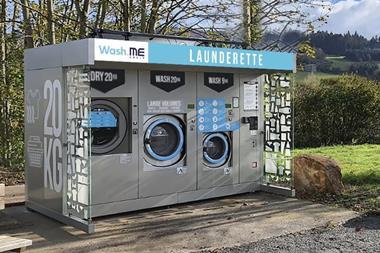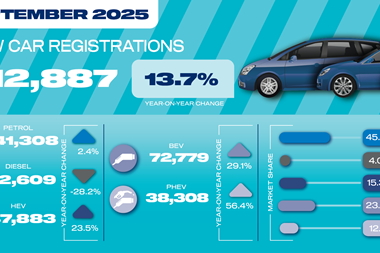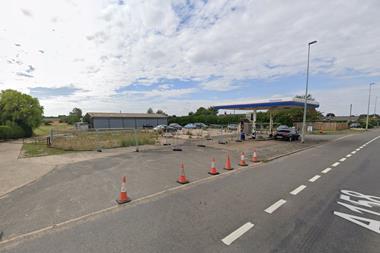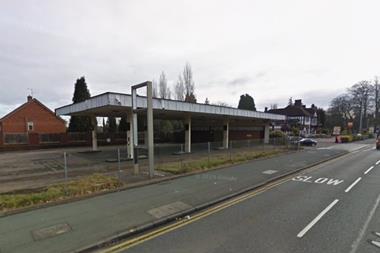The Government’s latest consultation on the introduction of plain (or standardised) packaging for tobacco products has closed with manufacturers and retailers representatives confirming they have responded to oppose the proposal.
The Association of Convenience Stores (ACS) has called on the Department of Health to look again at the operational impact that plain tobacco packaging would have on retailers.
In its submission, ACS raised concerns that the operational burdens of standardised packaging on retailers have not been fully considered. ACS argues that the removal of branding on tobacco products would make those products more difficult to differentiate, increasing handling and transactions times at every stage.
ACS chief executive James Lowman said: “Plain tobacco packaging would inflict significant costs and operational burdens on retailers, and the Government needs to look at the business impact again with an open mind. The Government’s view that standardised packaging should be classified as ‘zero net cost’ is misguided.
“The health arguments for plain packaging remain weak, with the evidence from Australia suggesting that customers are down-trading to cheaper brands, but are not quitting smoking as a result.”
The ACS submission also argues against legislating for plain packaging before the effects of the tobacco display ban can be assessed.
Lowman added: “The tobacco display ban will come into force for smaller stores in April 2015. One of the justifications for the introduction of the display ban was that it would hide distinctive packaging from young people, yet before the ban is even implemented the Government is planning to make this packaging plain.”
Daniel Torras, managing director of JTI UK, commented : “This is the Department of Health’s (DH) third consultation on plain packaging in six years and it gets no closer to identifying the evidence needed to introduce such an extreme measure.
“Far from showing that plain packaging has caused a ‘huge drop’ in smoking in Australia, the latest government data shows that the rate of decline in smoking from 2010 to 2013 was consistent with the pre-existing trend and while it is impossible to tell whether caused by plain packaging, youth smoking increased in the same period.
“With around 80% of stores that sell tobacco about to follow large stores by covering up tobacco products the very least the Government should do is to wait and assess the full impact of the display ban and give proper consideration to the wider issues such as the opportunity plain packaging offers to counterfeiters and criminal gangs.”

































No comments yet